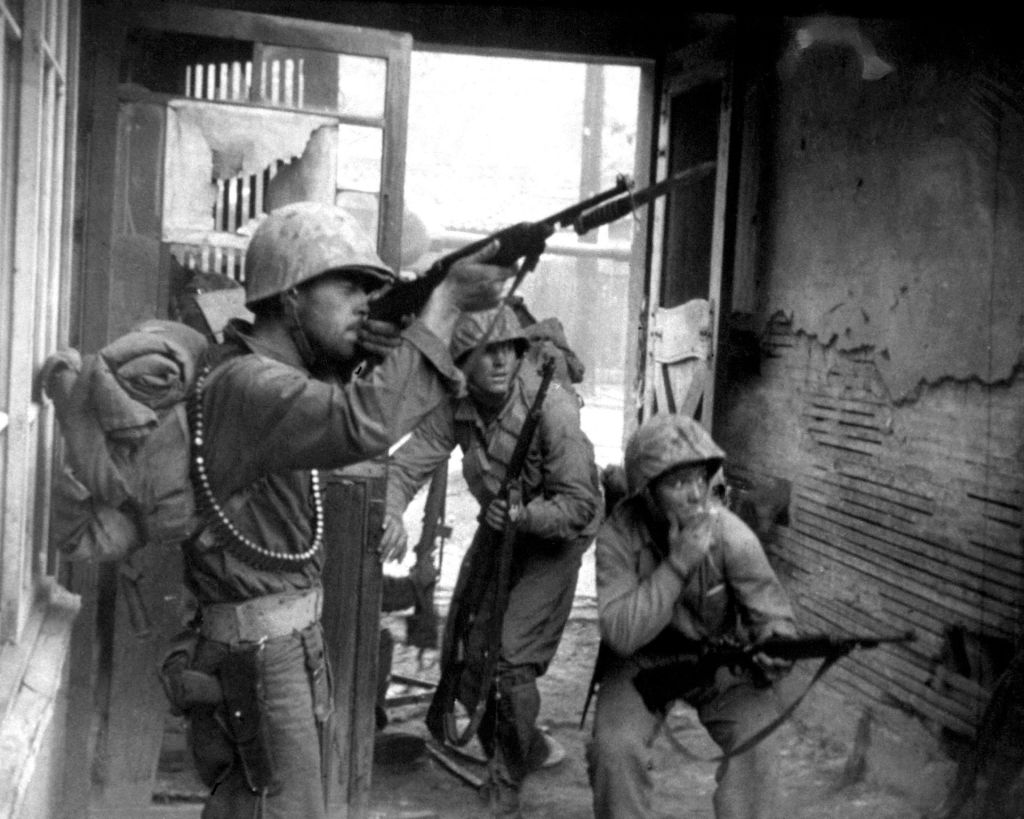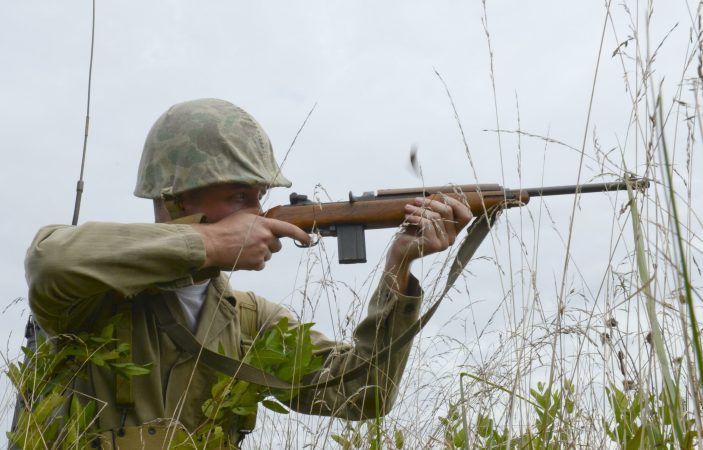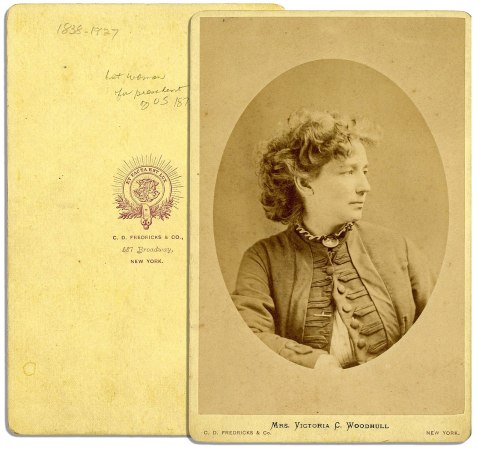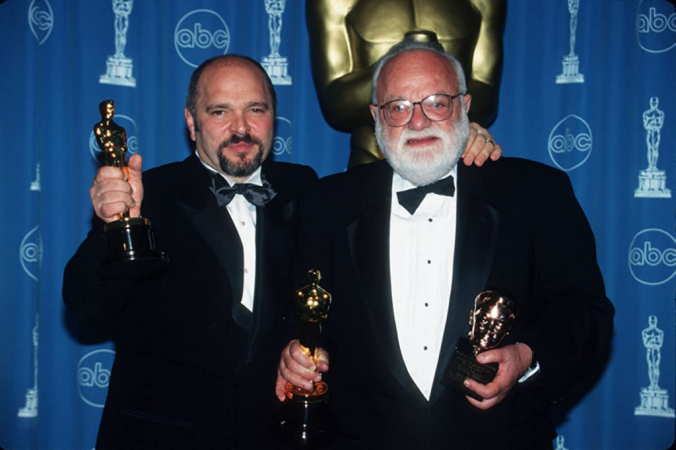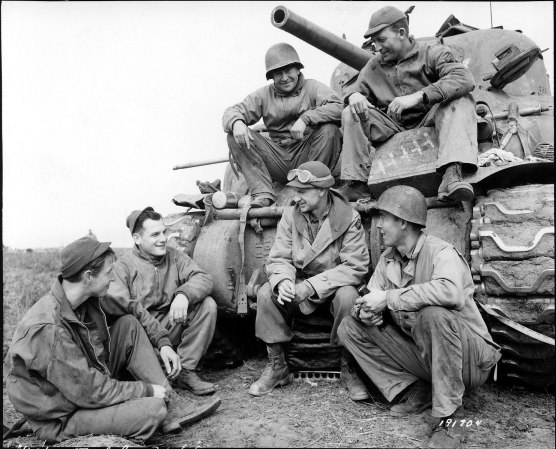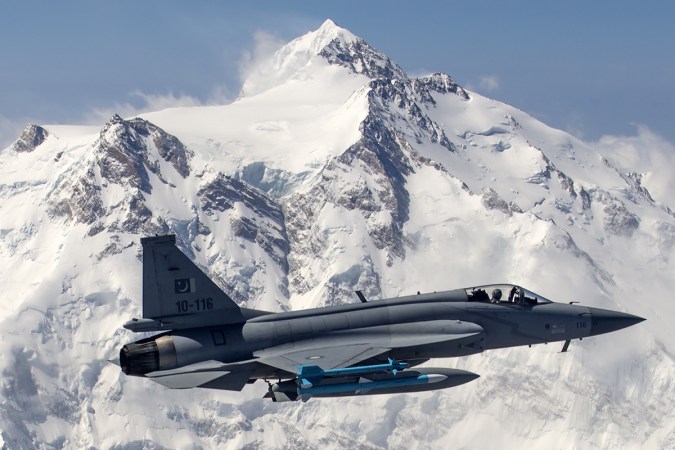A popular historical anecdote is the design of the famous M1 carbine by convicted murderer David Marshall Williams. He’s so connected with the weapon that a movie was made about his invention of the M1 titled Carbine Williams, a nickname he adopted. However, while Williams developed the short-stroke gas piston used in the carbine, credit for the weapon’s invention is owed much more to Winchester employees Fred Humiston and William Roemer.

Williams did, in fact, begin work on his gas system while serving a prison sentence for the second-degree murder of a deputy sheriff in 1921. His 30-year sentence was commuted and Williams was released in 1929. His patented firearm designs were used by manufacturers like Colt and Remington and he was eventually hired by Winchester in 1939.
Williams’ short-stroke gas piston system was used in Winchester’s .30-06 M2 rifle, designed to replace the M1 Garand. Building on a design left behind by the late Ed Browning, brother of the famed John Moses Browning, Williams’ M2 weighed just 7.5lbs compared to the 9.5lbs of the Garand. In July 1941, Maj. René Studler of the Ordnance Department advised Winchester that a replacement of the M1 was unlikely, regardless of the weight reduction. However, he believed their .30-06 M2 rifle could be scaled down to a carbine which was exactly what the military was looking for. But, they needed to do it in two weeks.

Williams, a short-tempered and stubborn man who was infamously difficult to work with, believed the timeline to be impossible and wanted nothing to do with the carbine project. In fact, he reportedly wanted his name to be left off of it completely. Regardless, Winchester pressed on with Humiston and Roemer at the helm. Using pieces from a 1905 Winchester rifle and a modified Garand operating rod, they successfully scaled the M2 rifle down to a carbine. The drafters and machinists worked so quickly that no blueprints were made for it.
On August 11, the carbine was demonstrated to Ordnance officials who were impressed with its handiness, accuracy and reliability. With their proof of concept approved, Winchester went to work on a more refined prototype to compete in the September carbine trials. After seeing the carbine succeed, Williams returned to the project. However, his stubbornness slowed development and Winchester had precious little time before the Army’s deadline. Williams was eventually removed from the project by Winchester supervisor Edwin Pugsley and went to work on his own carbine design. This went nowhere since he completed it after the deadline.

On Friday, September 12, two days before the submission deadline, Humiston, Roemer and the rest of the experimental development team completed final assembly of the refined carbine. However, the weapon had yet to be test fired and Studler informed the team that preliminary tasks like photographing and a 1000-round function test had to be performed before the competition. Needing to leave for Aberdeen Proving Grounds on Sunday morning, Humiston and Roemer had just one day to ensure their carbine was ready for testing.
After preliminary testing at Winchester, Humiston and Roemer found two problems with the carbine: failures to feed and cycle. The feeding problem was quickly solved with a tweak to the chamber. However, the cycling problem presented a greater challenge and time was running out. Working through the night, the team placed their bets on expanding the carbine’s gas port to improve cycling. With a certain inevitability, the drill bit broke off in the gun during the modification, consuming more time that Winchester didn’t have.
After extracting the broken drill bit and finishing the gas port expansion, the team managed to fire another 300 rounds with no issues. On the morning of September 15, the carbine was brought to Aberdeen and submitted to the trials. 960 rounds were fired with only a handful of malfunctions, validating the fixes made the day before and allowing the carbine into the competition.
Humiston was chosen as Winchester’s representative during the trials and remained in Aberdeen. The carbine performed perfectly, outperforming the other entries, until the bolt broke on September 18. Upon inspection, the flaw was found to be with the metal and not the design of the bolt. Winchester had until the next day to fix the carbine and continue the trial or be disqualified. Moreover, the weapon could not be removed from the testing ground.

With no blueprints, Pugsley led a team of machinists to work overnight at the Winchester facility and start on a new bolt. Humiston, returning from Aberdeen on the morning of September 19, finished the bolt from memory. Unable to test fit the part since the only carbine was back in Aberdeen, Humiston returned to the trials that day not knowing for sure if the replacement part would work. Incredibly, it did and the Winchester submission won the carbine trials to become the M1 carbine.


